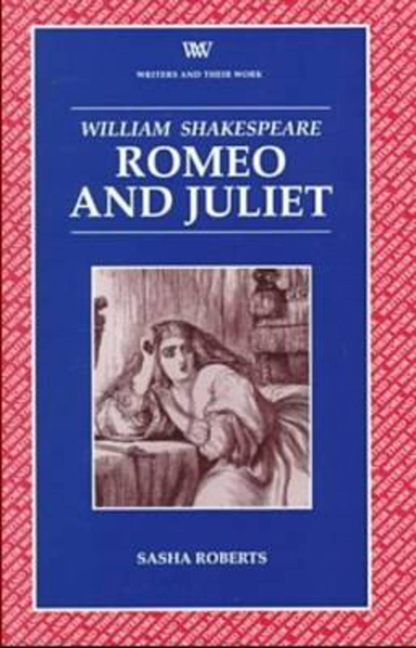2 - Family Dynamics
Summary
Criticism of Romeo and Juliet has often centred upon what type of tragedy the play is: a tragedy of character, in which Romeo and Juliet are tragically ‘flawed’ and responsible for their own deaths, or a tragedy of fate, whereby Romeo and Juliet are victims of a feuding society. Some have questioned whether the play can properly be called a tragedy at all: James Calderwood, for instance, argues that Romeo and Juliet are ‘insufficiently endowed with complexity’ to become tragic heroes: ‘they become a study of victimage and sacrifice, not tragedy’ (p. 101). In addition, the dependency of the play's outcome upon a series of evasions and accidents (culminating in Friar John's failure to deliver Friar Lawrence's letter to Romeo) is seen to diminish, if not undermine, the tragic impetus of the play. Thus for H. B. Charlton, Romeo and Juliet represents an ‘unsuccessful experiment’; an ‘apprentice piece’ that shows the marks of Shakespeare's immaturity as a dramatist (p. 59). Other critics, such as Susan Snyder, have stressed instead the play's deliberate and radical mix of comic and tragic genres – a mix recognized by Robert Burton in 1621 when he described the play as a ‘Tragicomedy of love’. Romeo and Juliet starts out with many conventions from romantic and Roman comedy, such as the resourceful heroine pitted against parental opposition, or the stock figure of the bawd evoked by the Nurse. The play's gravity is repeatedly undercut by humour, opening with a boisterous, bawdy exchange between Sampson and Gregory (1.1.1–29) which counters the serious tone of the Prologue. Only after the death of Mercutio in 3.1 (usually described as the ‘turning point’ in the play) does Romeo and Juliet begin to behave more like a tragedy. For an Elizabethan audience accustomed to more uniformity in dramatic styles (think of the more conventional gravity of opening scenes in Shakespeare's other tragedies), Romeo and Juliet may have disrupted audience expectations of tragic form, mood, and decorum – and in so doing called into question the limits and limitations of genre.
In my view, however, the most interesting questions around the play's genre lie in its bold choice of subject matter.
- Type
- Chapter
- Information
- Romeo and Juliet , pp. 11 - 33Publisher: Liverpool University PressPrint publication year: 1998



